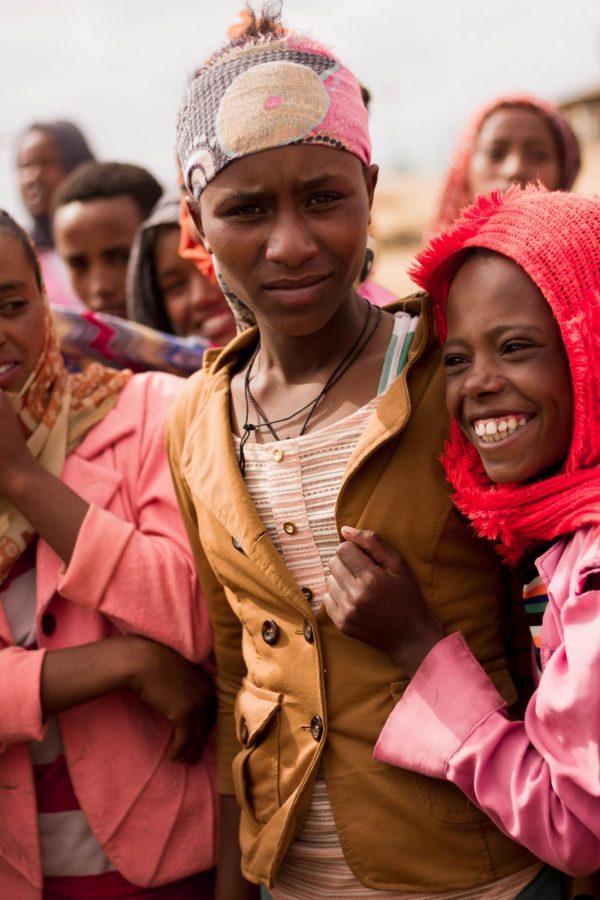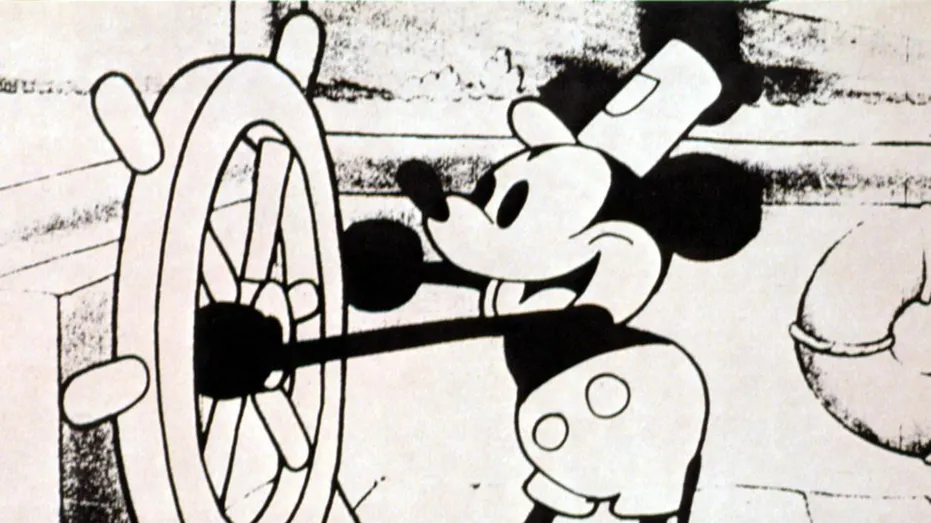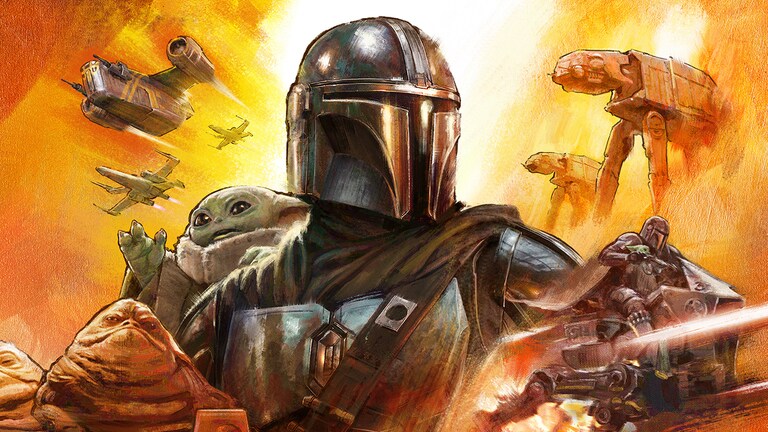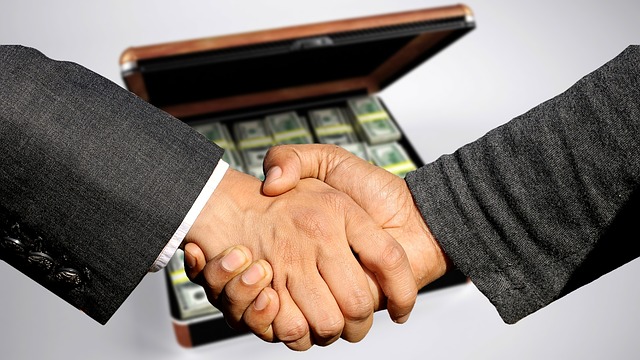The Holiday of Kwanzaa
November 30, 2020
The holiday Kwanzaa is a Pan-African holiday that was created in 1966. The holiday is intended to unite people of African descent. Kwanzaa lasts for 7 days, the festivities began December 26 and end January 1. Kwanzaa was created by Dr. Maulana Karenga, a professor of black studies at California State University as well as a former civil rights activist. Karenga created this during the civil rights era to help African Americans to reconnect with African traditions and culture. During Kwanzaa, there are seven principles that contribute to the holiday. These principles are:
1.) Umoja (unity)- Joining together as a family, community, and race.
2.)Kujichagulia (self-determination)- Responsibility for one’s own future.
3.)Ujima (collective work and responsibility)- Building the community together and solving any problem as a group.
4.)Ujamaa (cooperative economics)- The community building and its profits.
5.)Nia (purpose)- The goal of working together to build community and further African culture.
6.)Kuumba (creativity)- Using new ideas to create a more beautiful and successful community.
7.)Imani (faith)- Honoring African ancestors, traditions, and leaders, as well as celebrating past triumphs over adversity.
There are seven candles that represent each principal. The black candle (Umoja), three red candles (Kujichagulia, Ujamaa, Kuumba), and three green candles (Ujima, Nia, Imani). There are also seven symbols that represent each of the seven principles.
Mkeka (mat)- The foundation of African traditions and history.
Mazao (produce)- African harvest and respect for the people who labored to grow them.
Kinara (candle holder)- The original stalk from which all African ancestors came from.
Mishumaa (seven candles)- The African people and their struggles.
Muhindi (corn)- African children and their future.
Kikombe cha Umoja (unity cup)- The unity of the family and the African people.
Zawadi (gifts)- labors of the parents and the rewards of their children.
Families join together in prayer as they recite Harambee, a call for unity, and the youngest child lights a candle on the Kinara as one of the adults performed the libation. The family has a group discussion of each principle and one gift is given per day. On the last day of Kwanzaa, the whole family joins together in a feast and celebrates African history and culture. The last day, January 1, is the day of reflection. Each person reflects on themselves, as well as a group. (howstuffworks.com)
Many more African descent families should celebrate Kwanzaa in order to get a sense of their ancestor’s culture, reflect on themselves, and spend more time with one another. Adding on, it provides the opportunity for many people of African descent to reconnect with their backgrounds; something many are not able to do.
Sources:
How Stuff Works. “The Seven Days of Kwanzaa.” Available at https://people.howstuffworks.com/culture-traditions/holidays-other/kwanzaa.htm
The Amsterdam News. “Kwanzaa: An African-American cultural celebration”. Available at http://amsterdamnews.com/news/2017/dec/26/kwanzaa-an-african-american-cultural-celebration/.












